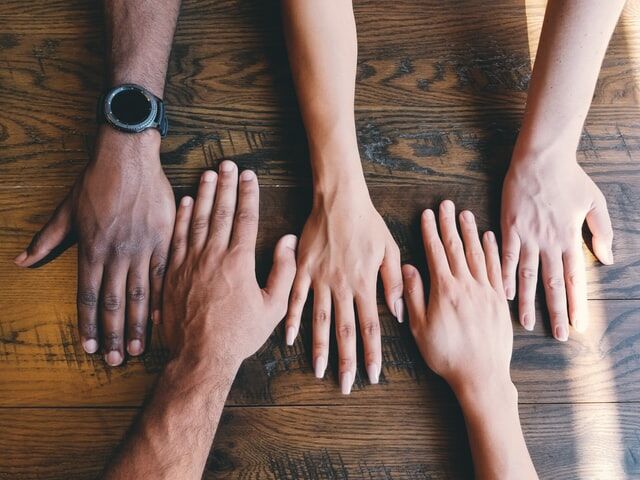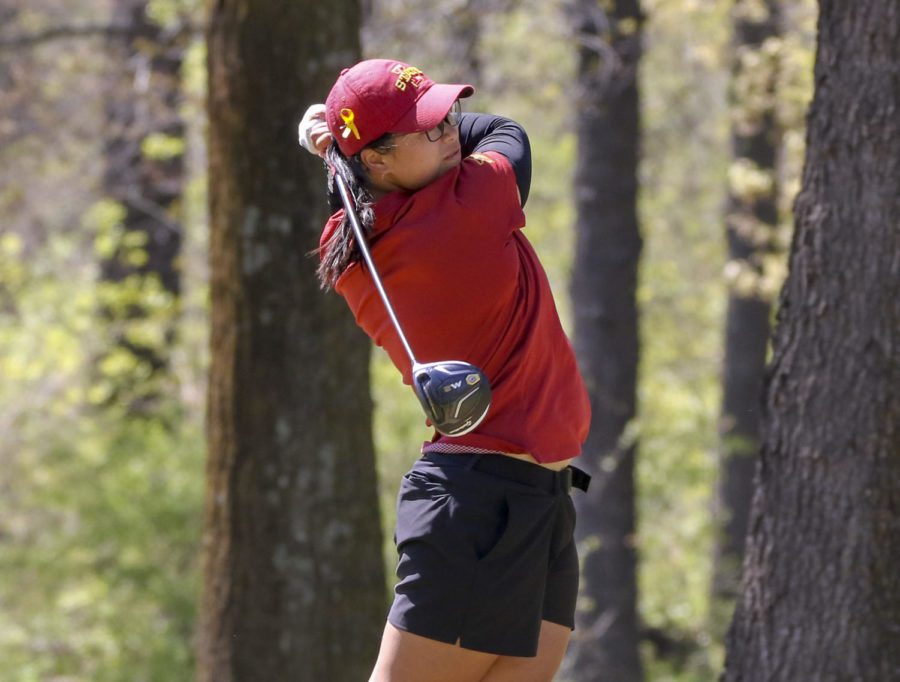Exposing biases: what they are and how they are harmful
November 29, 2021
A universally shared characteristic among humanity is the concept of bias. Whether conscious or unconscious, people tend to act based on perceived beliefs or preconceptions. Although bias is an undeniable human trait, it can still act as a harmful weapon towards individuals within marginalized or minority communities according to Iowa State students and staff.
“…We tend to lean certain ways and think of things in certain ways as a result of our frames of reference…” said Novotny Lawrence, an associate professor for the Greenlee School of Journalism and the English Department. While there are many facets of bias, Lawrence studies bias towards African Americans, particularly how they are represented in various media forms.
“…In the early days of cinema, there were five archetypes that circumscribed black identity in cinema…” said Lawrence. These archetypes- Tom, Coon, Mulatto, Mammy and Black Buck- all represent traditional stereotypes of African Americans. “That’s where we see, I think, race, racial bias and prejudice manifest early on. In some ways today it’s more subtle, but it’s still there.”
Based on prejudices in early forms of media, society developed a warped view of African Americans, according to Lawrence. While it is frowned upon to behave overtly racist, biases developed by society can slip through the cracks while still causing harm to minority groups.
Race can be a common cause of bias, however there are other ways in which bias can manifest. Another widespread form of bias involves gender, particularly toward the role of women in society.
“Typically when it relates to gender, I see a lot more of the unintentional and unconscious bias showing,” said Alejandra Flores, a senior at Iowa State as well as the Director of Diversity and Inclusion for the Iowa State Student Government.
“…Sometimes I’ve had it happen where I’m the presenter and someone has handed me some kind of paper to go put somewhere because they think I’m like an assistant or something instead of the person giving the presentation,” Flores said.
While Flores believes that some of these actions are unconscious, they are still a form of bias. She believes that a lot of the time, bias is shown by a person who is unaware of their possible prejudice towards a certain group.
“Obviously, I think if that person would have known, they would not have done that. But the unconscious bias in their brain kind of just associated that,” Flores said.
Another common form of unconscious bias is cultural bias. As explained by Flores, cultural bias is a type of prejudice “…based on stereotypes, on cultural misunderstandings, or even hatred.” Although cultural bias is often unconscious or unintentional, Flores said it can still be harmful.
Flores elaborates “…I think pretty much every person that you ask of a different culture other than the, kind of, standard American culture, will tell you that their culture is kind of idealized, or they have a stigma of the culture or stereotype of the culture that obviously may or may not be true, but still can be harmful.”
Although biases can negatively affect a person’s perception of a certain community, the ability to admit one’s bias can be the first step in becoming a more accepting person according to Lawrence. He finds it important to acknowledge that we all have biases.
“Acknowledging that does not make you a bad person, it can help make you a better person,” Lawrence said.
He challenges individuals to “…change your thinking, change your actions, change your attitudes, and try to live that so that you can be better and you can exact some change in the world as well.







